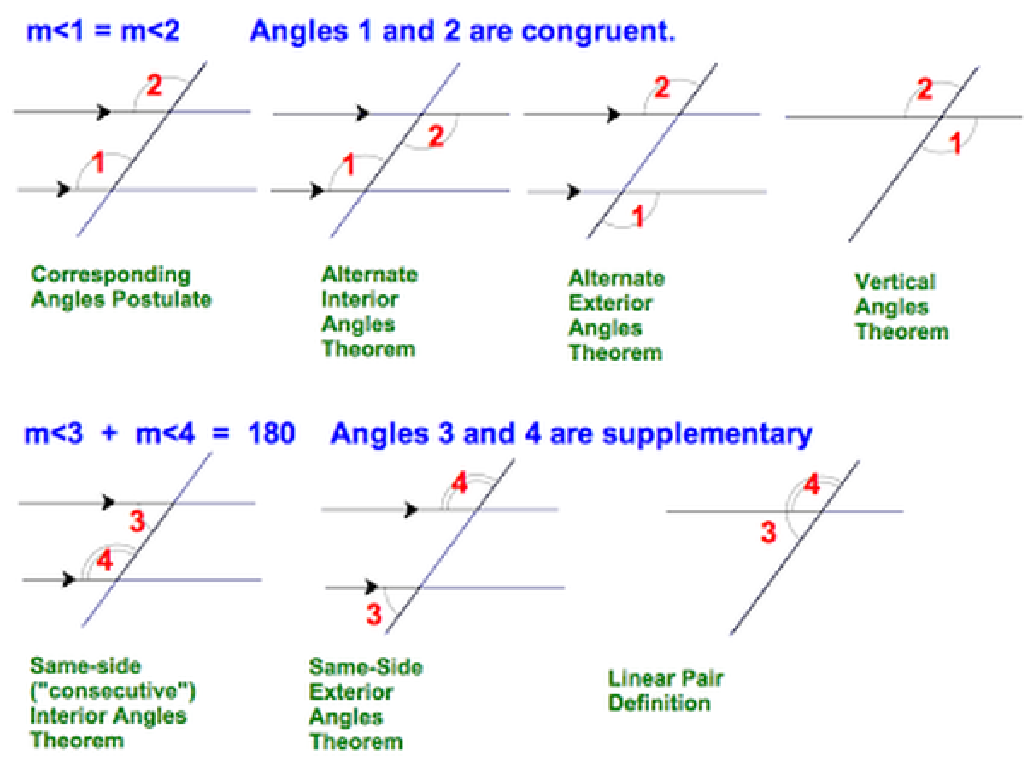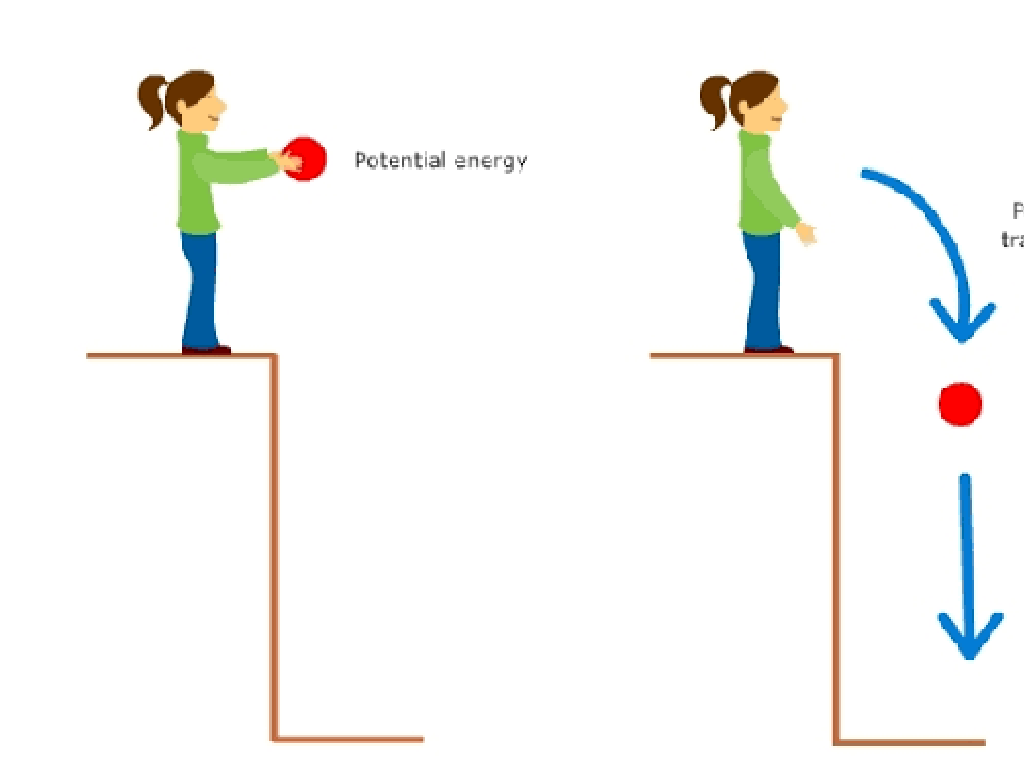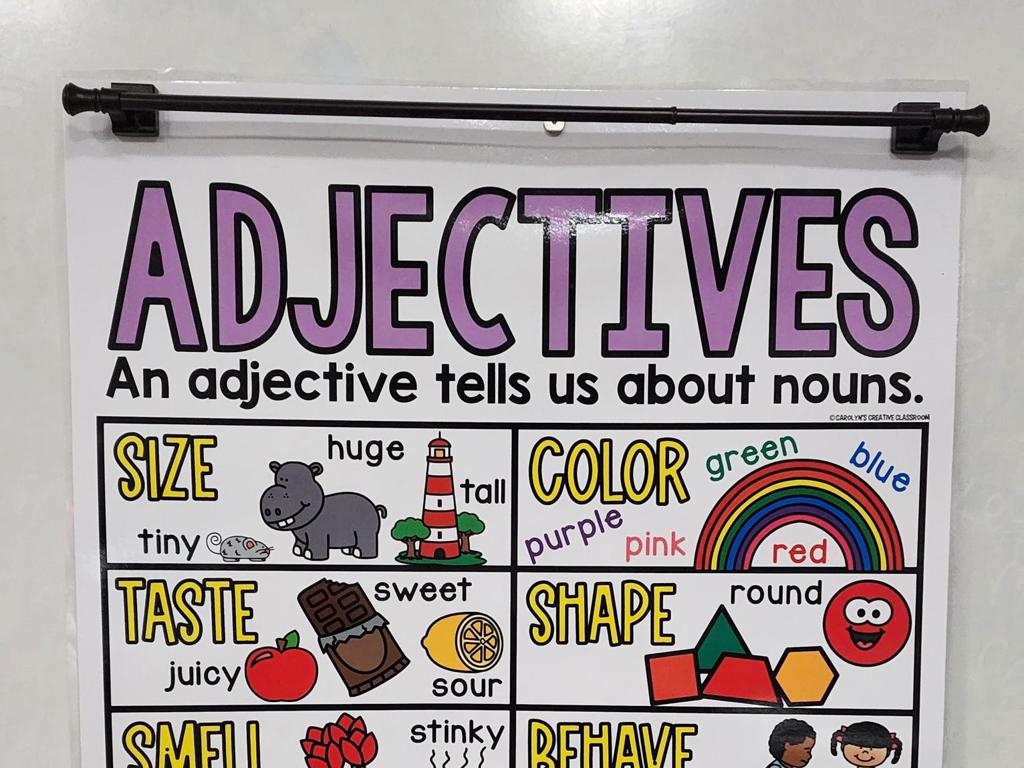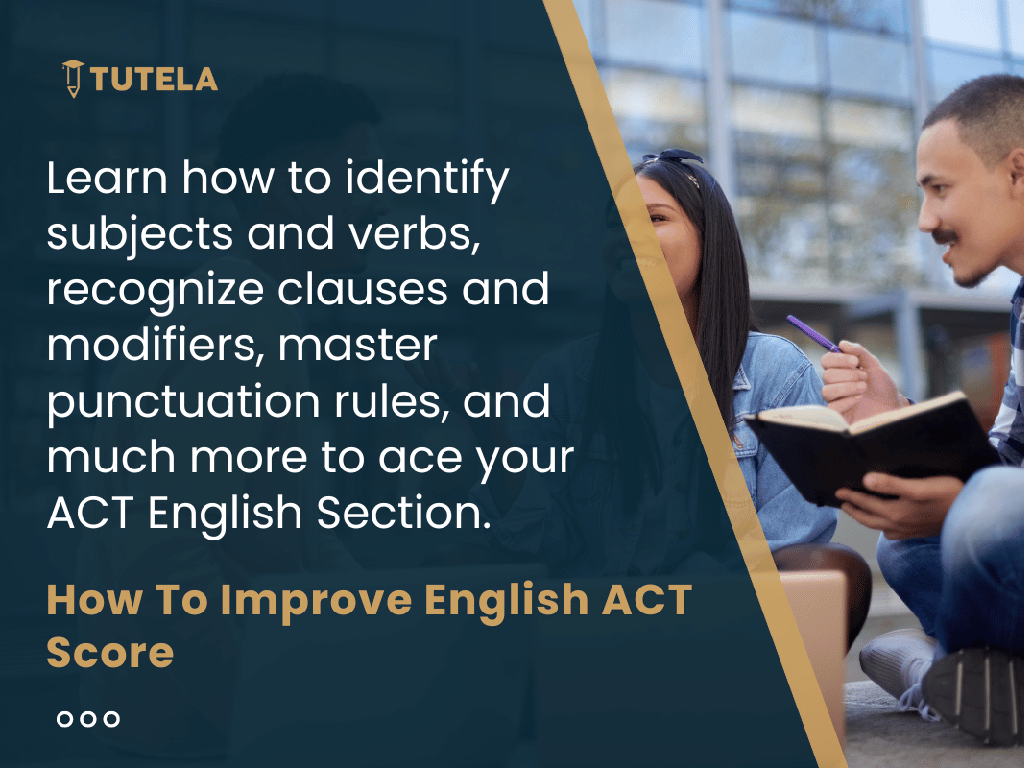Match Each Cause To Its Effect
Subject: Language arts
Grade: Second grade
Topic: Cause And Effect
Please LOG IN to download the presentation. Access is available to registered users only.
View More Content
Understanding Cause and Effect
– What causes things to happen?
– Cause and Effect explained
– A cause is why something happens; an effect is what happens.
– Everyday examples
– If you kick a ball (cause), it moves (effect).
– Practice finding causes and effects
– We’ll look at stories and see if we can find the cause and effect.
|
This slide introduces the concept of cause and effect to second-grade students. Begin by asking students about things they do and what happens after, to illustrate the idea of cause and effect in a way they can relate to. Explain that a cause is the reason something happens, and the effect is what happens as a result of the cause. Use simple, everyday examples to help them understand the concept. For instance, if you let go of a balloon, it flies away; letting go is the cause, and the balloon flying away is the effect. Encourage students to think of their own examples. Later, you can have them practice by identifying causes and effects in stories or scenarios you read together in class.
Understanding Cause and Effect
– What is a cause?
– A cause is the reason for an event
– Causes make things happen
– It’s like the first domino in a chain
– Example: Domino effect
– Knocking over the first domino causes the rest to fall
– Recognizing causes in stories
– Find what causes events in the books you read
|
This slide introduces the concept of ’cause’ in the context of cause and effect relationships. A cause is an event or action that makes something else (the effect) happen. To help students grasp this concept, use the domino effect as an example: pushing the first domino causes the rest to topple over. Encourage students to think of causes as ‘triggers’ for events. In the next class, we will explore how to identify causes in stories and everyday situations, enhancing their critical thinking and comprehension skills. Prepare to discuss examples from familiar stories where a specific action leads to a consequence, and have students practice identifying these on their own.
Understanding Effects in Cause and Effect
– What is an effect?
– An effect is what happens because of a cause
– Effect is the outcome
– It’s what comes after the cause
– For example: eating ice cream
– Cause: You eat ice cream
– How do you feel afterward?
– Effect: Feeling happy or cold
|
This slide aims to help second-grade students grasp the concept of ‘effect’ in the context of cause and effect relationships. Begin by explaining that an effect is something that happens due to a cause. It’s the result of an action or event. Use relatable examples, such as eating ice cream, to illustrate the point. Ask the students how they feel after eating ice cream to connect the idea of cause (eating ice cream) to its effect (feeling happy or cold). This will help them understand that effects are direct outcomes of causes. Encourage them to think of other simple cause-and-effect scenarios in their daily lives.
Matching Causes to Effects
– Understanding cause & effect
– A cause is why something happens; an effect is what happens.
– Clue words: ‘because’, ‘so’, ‘as a result’
– These words signal a cause or effect in a sentence.
– Practice matching activity
– We’ll match reasons (causes) to things that happen (effects).
– Share your matches with the class
|
This slide introduces the concept of cause and effect, which is a fundamental part of reading comprehension and critical thinking. Start by explaining that a cause is the reason something happens, and the effect is what happens as a result of the cause. Highlight clue words that often indicate a cause and effect relationship in a sentence. Engage the students with a matching activity where they pair causes with their corresponding effects. This interactive approach helps solidify their understanding. After the activity, encourage students to share their matches and explain the reasoning behind their choices. This will foster a collaborative learning environment and allow for peer learning.
Matching Causes to Effects
– Understanding ‘Cause’
– A cause is why something happens
– Understanding ‘Effect’
– An effect is what happens because of the cause
– Example: Rainy Day
– Cause: It rained all day. Effect: The streets were wet
– Activity: Match Cause to Effect
– Can we match ‘It rained all day’ to ‘The streets were wet’?
|
This slide introduces the concept of cause and effect to second-grade students. Begin by explaining that a ’cause’ is the reason something happens, and an ‘effect’ is what happens as a result of the cause. Use the example of a rainy day to illustrate this relationship: the cause is ‘It rained all day,’ and the effect is ‘The streets were wet.’ Ask the students if they can match this cause to its effect to check their understanding. For the activity, provide students with various real-life scenarios and ask them to identify the cause and the corresponding effect. This will help them grasp the concept through practical application. Encourage them to think of their own examples and share with the class.
Practice Time: Cause and Effect Matching Game
– Observe the given cause
– Discuss with your partner
– Talk about what happened after the cause
– Match the cause to its effect
– Use your cause and effect chart to help you
– Get ready for a fun game!
|
This slide is designed to engage students in a matching game that reinforces their understanding of cause and effect relationships. Display a cause on the board and have students work with a partner to determine the corresponding effect. Provide a chart or list of possible effects to assist them. This activity encourages collaboration and critical thinking as students must use reasoning to make connections. Possible activities include matching pictures, sentence strips, or scenarios. Rotate pairs for multiple rounds to keep the game dynamic and ensure all students participate. The goal is to solidify the concept of cause and effect in a playful and interactive manner.
Class Activity: Cause and Effect Pairs
– Get your set of cause and effect cards
– Match each cause with its effect
– Think about why they match
– Does the cause explain the effect?
– We’ll review all matches together
|
This activity is designed to help students understand the relationship between cause and effect. Each pair of students will receive a set of cards. One set will have causes, and the other will have corresponding effects. Students must work together to match each cause with the correct effect. Encourage them to discuss why they think each pair matches and to come up with real-life examples if possible. After the activity, we will review the matches as a class to ensure understanding and to address any misconceptions. Possible variations of the activity could include having students create their own cause and effect cards, acting out cause and effect scenarios, or drawing illustrations to represent cause and effect relationships.
Great Work on Cause and Effect!
– Congratulations on matching!
– Understanding cause and effect
– It helps us see the connection between events.
– Clue words help us connect
– Words like ‘because’, ‘so’, and ‘therefore’ give hints.
– Keep observing your world!
|
This slide is meant to congratulate the students on successfully completing the cause and effect matching activity. It’s important to reinforce the concept that understanding cause and effect helps us see how events are linked to each other, which is a critical reading comprehension skill. Remind them to look for clue words such as ‘because’, ‘so’, and ‘therefore’ when reading stories or observing situations around them, as these words often signal a cause-and-effect relationship. Encourage them to continue practicing this skill in different contexts, both in and out of the classroom, to become more adept at identifying these relationships in various scenarios.
Homework: Cause and Effect Story Hunt
– Find a cause and effect in a story
– Look for why something happened in the story
– Draw the cause and effect
– Illustrate what happened and why
– Share your drawing in class
– Be prepared to explain your picture to friends
|
This homework assignment is designed to help students understand the concept of cause and effect through storytelling. Encourage them to pick their favorite story and identify an event (effect) and why it happened (cause). They should then draw a picture that clearly shows the cause and effect they have chosen. Remind them to think about the sequence of events in the story to find a clear example. The next day, each student will have the opportunity to present their drawing and explain the cause and effect to the class, which will reinforce their understanding and communication skills.






